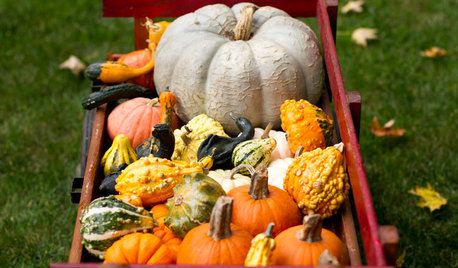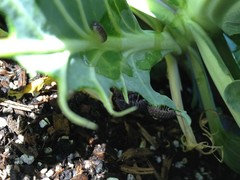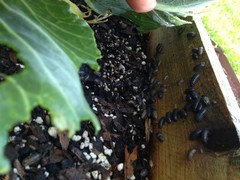Pill Bugs
br33
15 years ago
Featured Answer
Comments (29)
arwmommy
15 years agoRelated Professionals
Brentwood Landscape Architects & Landscape Designers · Saint Louis Park Landscape Architects & Landscape Designers · South Elgin Landscape Architects & Landscape Designers · Anderson Landscape Contractors · Chattanooga Landscape Contractors · Commack Landscape Contractors · Estelle Landscape Contractors · Lakewood Landscape Contractors · Lemont Landscape Contractors · Sun City Center Landscape Contractors · Crystal Lake Decks, Patios & Outdoor Enclosures · Del City Decks, Patios & Outdoor Enclosures · Layton Decks, Patios & Outdoor Enclosures · Saint Louis Park Decks, Patios & Outdoor Enclosures · Tooele Decks, Patios & Outdoor Enclosuresbr33
15 years agolilacs_of_may
15 years agoicatchfish
15 years agoKimmsr
15 years agorhizo_1 (North AL) zone 7
15 years agogonebananas_gw
15 years agoKimmsr
15 years agoheatherrena_hotmail_com
12 years agoSoTX
12 years agocalifornian
12 years agodicot
12 years agorhizo_1 (North AL) zone 7
12 years agoKimmsr
12 years agobloobeari
10 years agobloobeari
10 years agodchall_san_antonio
10 years agobloobeari
10 years agoKimmsr
10 years agochickencoupe
10 years agochickencoupe
9 years agobloobeari
9 years agogardenper
9 years agoallyewhocomeare
7 years agoallyewhocomeare
7 years agodchall_san_antonio
7 years agoallyewhocomeare
7 years agoallyewhocomeare
7 years ago
Related Stories

GARDENING AND LANDSCAPINGBid Bad Garden Bugs Goodbye and Usher In the Good
Give ants their marching orders and send mosquitoes moseying, while creating a garden that draws pollinators and helpful eaters
Full Story
MONTHLY HOME CHECKLISTSTo-Dos: Your October Home Checklist
As temperatures drop and leaves start to turn and fall, prep for winter weather and enjoy the colors of the season
Full Story
GARDENING AND LANDSCAPING10 Ways to Open a Kitchen to the Outdoors
Have your cooking and your nice weather too, with a kitchen setup that embraces indoor-outdoor flow
Full Story
DECORATING GUIDESEvoke a Tropical Fantasy the Inexpensive, Easy Way
Gossamer light and dreamily romantic, mosquito netting adds a dose of tropical allure at a down-home price
Full Story
GARDENING GUIDES6 Steps to Get a Garden Off to a Glowing Start
Grow a lush, balanced garden from an empty patch of yard or neglected landscape spot with these easy-to-follow guidelines
Full Story
FARM YOUR YARDHow to Grow Vegetables in Containers
Get glorious vegetables and fruits on your patio with a pro’s guidance — including his personal recipe for potting mix
Full Story
PETSPet-Proofing Your Home: A Room-by-Room Guide
Not all pet dangers are obvious. Keep furry friends safe and sound by handling all of these potential hazards
Full Story
FEEL-GOOD HOMESimple Pleasures: The Joy of Fresh Sheets
Make your bed a place of comfort and relaxation with good-quality linens, ample pillows and other pleasing accoutrements
Full Story
ORGANIZING7-Day Plan: Get a Spotless, Beautifully Organized Kitchen
Our weeklong plan will help you get your kitchen spick-and-span from top to bottom
Full Story
Houzz Call: What Gives You the Creeps at Home?
Halloween horror got nothing on your basement, attic or closet? Show us that scary spot you steer clear of
Full Story









dchall_san_antonio